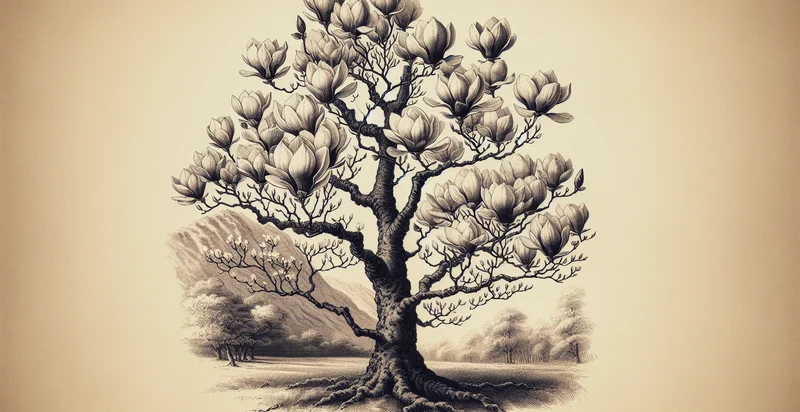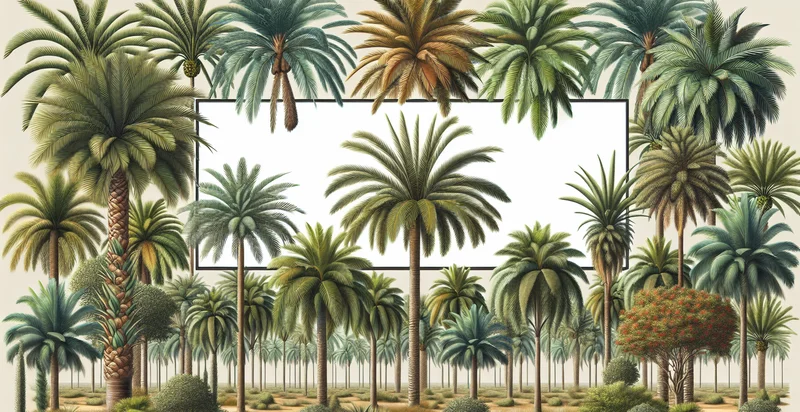Identify magnolia tree species
using AI
Below is a free classifier to identify magnolia tree species. Just upload your image, and our AI will predict what species of magnolia tree it is - in just seconds.

Contact us for API access
Or, use Nyckel to build highly-accurate custom classifiers in just minutes. No PhD required.
Get started
import nyckel
credentials = nyckel.Credentials("YOUR_CLIENT_ID", "YOUR_CLIENT_SECRET")
nyckel.invoke("magnolia-tree-species", "your_image_url", credentials)
fetch('https://www.nyckel.com/v1/functions/magnolia-tree-species/invoke', {
method: 'POST',
headers: {
'Authorization': 'Bearer ' + 'YOUR_BEARER_TOKEN',
'Content-Type': 'application/json',
},
body: JSON.stringify(
{"data": "your_image_url"}
)
})
.then(response => response.json())
.then(data => console.log(data));
curl -X POST \
-H "Content-Type: application/json" \
-H "Authorization: Bearer YOUR_BEARER_TOKEN" \
-d '{"data": "your_image_url"}' \
https://www.nyckel.com/v1/functions/magnolia-tree-species/invoke
How this classifier works
To start, upload your image. Our AI tool will then predict what species of magnolia tree it is.
This pretrained image model uses a Nyckel-created dataset and has 18 labels, including Black Magnolia, Cold Hardy Magnolia, Cucumber Tree, Dawn Magnolia, Fine Magnolia, Heavenly Magnolia, Indian Magnolia, Japanese Magnolia, Little Gem Magnolia and Maximowicz Magnolia.
We'll also show a confidence score (the higher the number, the more confident the AI model is around what species of magnolia tree it is).
Whether you're just curious or building magnolia tree species detection into your application, we hope our classifier proves helpful.
Related Classifiers
Need to identify magnolia tree species at scale?
Get API or Zapier access to this classifier for free. It's perfect for:
- Botanical Research Enhancement: Researchers can utilize the magnolia tree species identifier to validate species data accurately in field studies. It enables scientists to quickly classify and catalog specimens in their natural habitats, facilitating data collection and expediting research.
- Ecological Monitoring: Conservation groups can employ the identifier for monitoring ecosystems where magnolia species play a critical role. By identifying and tracking these trees, organizations can assess biodiversity and ecosystem health effectively.
- Urban Planning and Landscape Design: Landscape architects can integrate the magnolia tree species identifier into their design software to select suitable species for urban greening projects. This functionality aids in ensuring that only appropriate species are chosen based on climate and soil conditions, promoting sustainability.
- Education and Outreach Programs: Educational institutions can implement the identifier in their curriculum to teach students about flora diversity and environmental science. It serves as an interactive tool for students to learn about plant identification and taxonomy hands-on.
- Commercial Nurseries and Garden Centers: Nurseries can use the identifier to enhance their inventory management systems, ensuring that customers receive the correct species of magnolia trees. This precision improves customer satisfaction and minimizes mislabeling of plants.
- Environmental Impact Assessments: Environmental consultants can leverage the identifier to evaluate the presence and distribution of magnolia species in impacted areas during assessments. Accurate data collection allows for better-informed decision-making regarding conservation efforts and land development projects.
- Mobile Applications for Nature Enthusiasts: Developers can integrate the magnolia tree species identifier into mobile apps for hikers and nature enthusiasts. This feature allows users to identify and learn about local magnolia species, enhancing their outdoor experience and fostering a connection to nature.


